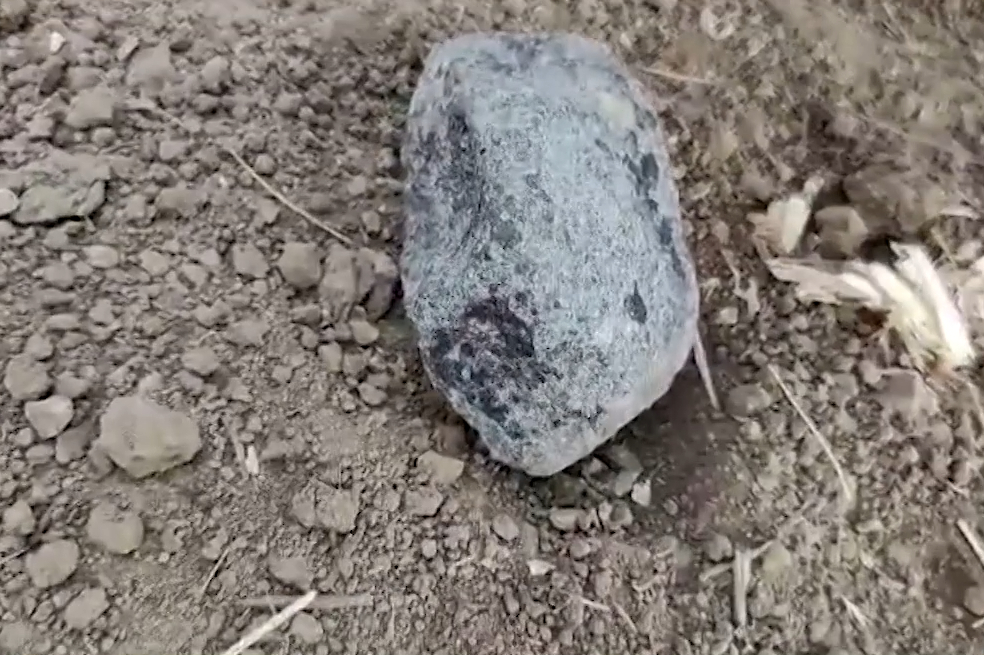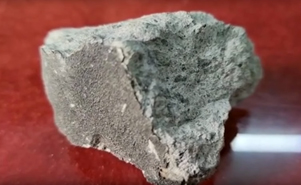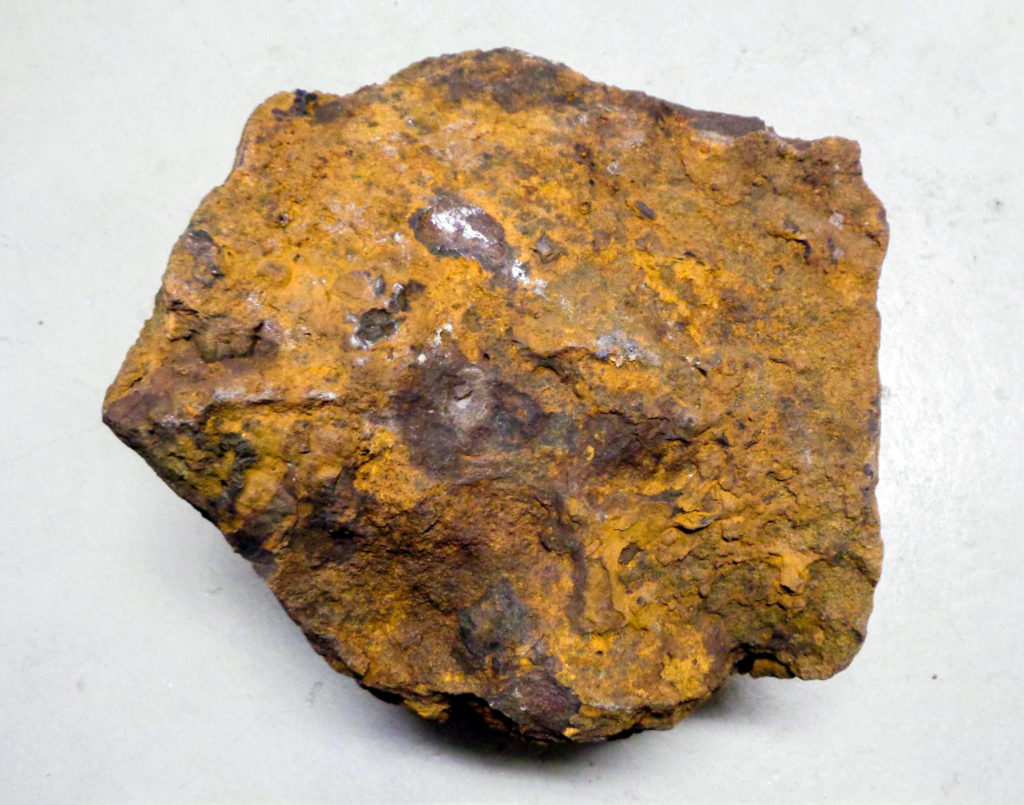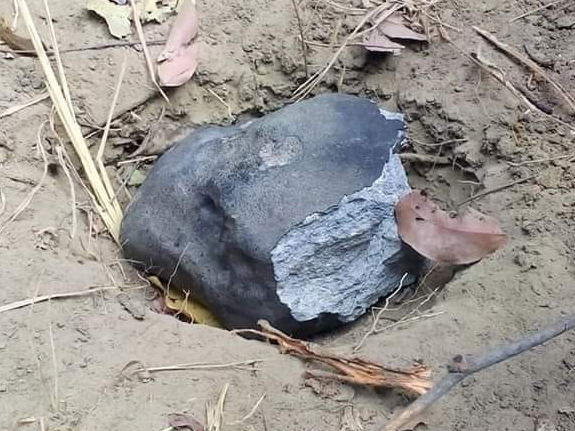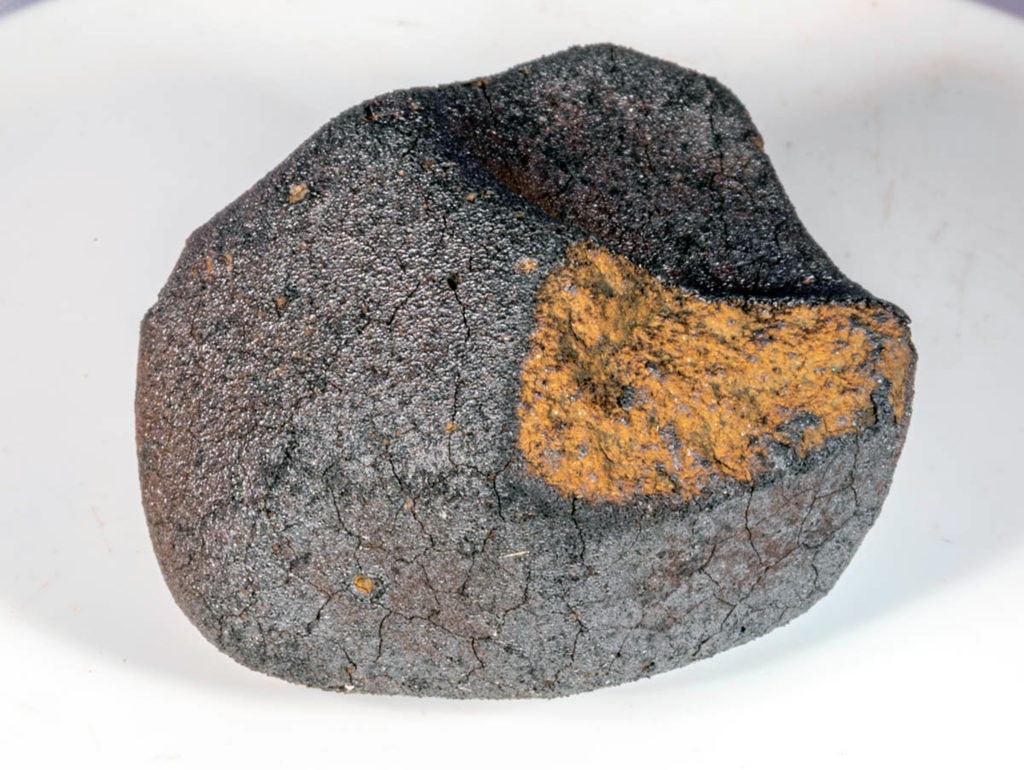Reorientation and despinning of 4 Vesta formed the Divalia FossaeOPEN ACCESS
Hiu Ching Jupiter Cheng, Christian Klimczak, and Isamu Matsuyama
Science Advances
25 Jun 2025
Vol 11, Issue 26
LINK (OPEN ACCESS)
PDF (OPEN ACCESS)
“Vesta, the only differentiated rocky protoplanet explored by a spacecraft, offers insight into early planetary formation. The Divalia Fossae, surface troughs comparable in size to the Grand Canyon, encircle two-thirds of the equator. Two giant impacts reshaped the southern hemisphere, where an older basin is partially superposed by the younger Rheasilvia basin. The origin of the Divalia Fossae is widely accepted as directly linked to the Rheasilvia impact, either by tectonics caused immediately by the impact, up-spinning, or secondary cratering. We present several geologic constraints that support a tectonic origin of the troughs due to the adjustment of Vesta’s spin axis to a geoid changed by both large impacts. The best fit to Vesta’s gravitational field corresponds to a spin axis reorientation of 3° that, when coupled with despinning, induces a stress state that predicts Divalia Fossae’s established location, fracture type, and orientation. These insights underline the importance of tectonic processes in the early evolution of protoplanets.”


